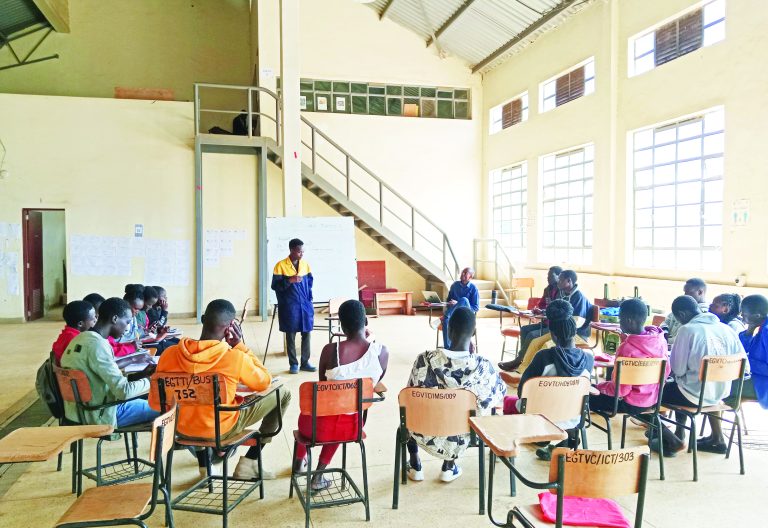TVET qualification framework boon for regional integration
By Shadrack Agaki, July 7, 2025With July 6 designated as World Rural Development Day, which recognises the disproportionate burden of poverty, hunger, and exclusion borne by rural communities, the transfer of talent, exchange of knowledge, and sharing of best practices become critical.
It is in this context that the Regional Technical and Vocational Education and Training Qualifications Framework for Ethiopia, Kenya, and Tanzania (RTQF-EKT) and the Regional Framework for Occupational Assessment and Certification (RFOCAC) emerge as innovative approaches to advancing regional TVET systems for rural transformation and regional integration.
These frameworks aim to establish a strong, dynamic, and demand-driven TVET ecosystem that enhances access, quality, and relevance of training programmes.
More importantly, they seek to accelerate regional integration as a pathway to socio-economic transformation – especially across East Africa’s rural areas.
At the core of this effort is the commitment to enabling the mobility of students, trainers, and skilled labour across borders – a critical pillar in unlocking regional potential.
In a recent column, I argued that TVET and technical skills can be repositioned as tools of modern diplomacy. These frameworks embody that vision.
They illustrate how regional collaboration on education and skills development can drive economic progress while also fostering mutual understanding and partnerships.
Technical skills, in this regard, become a passport to regional integration.
However, to fully realise the promise of these frameworks, we must shift focus beyond policy and structure and give more attention to the people who bring them to life – trainers and industry players.
They are the crucial bridge between high-level frameworks and on-the-ground impact.
While preparing this article, I consulted with several trainers and experts on what successful implementation of regional TVET frameworks should look like. Many pointed to an increase in cross-border mobility of trainees and trainers as a key indicator.
While I agree, I believe an even deeper measure of success lies in how many young people begin to see themselves as contributors to development goals beyond their local communities and national borders.
Helping learners develop a broader perspective requires a collective effort. Mindset change begins in the classroom.
Trainers must intentionally incorporate real-world examples and regional case studies into their teaching to expand students’ awareness of opportunities beyond borders. Practical, everyday conversations in training environments can be powerful tools for transformation.
But this also means trainers must invest time and effort in acquiring cross-border knowledge and perspectives themselves.
The role of industry is equally important, particularly through industrial attachment opportunities. Under Kenya’s Competency-Based Education and Training (CBET) system, technical trainees spend up to 70 per cent of their time in the workplace.
This presents a valuable opportunity for regional companies to offer attachment placements to trainees from outside their home countries, fostering skills development, exposure, and integration. To support this vision, innovative funding mechanisms are essential.
The writer is a UN global food systems youth leader, a vocational and technical Trainer, and a communication consultant
More Articles

